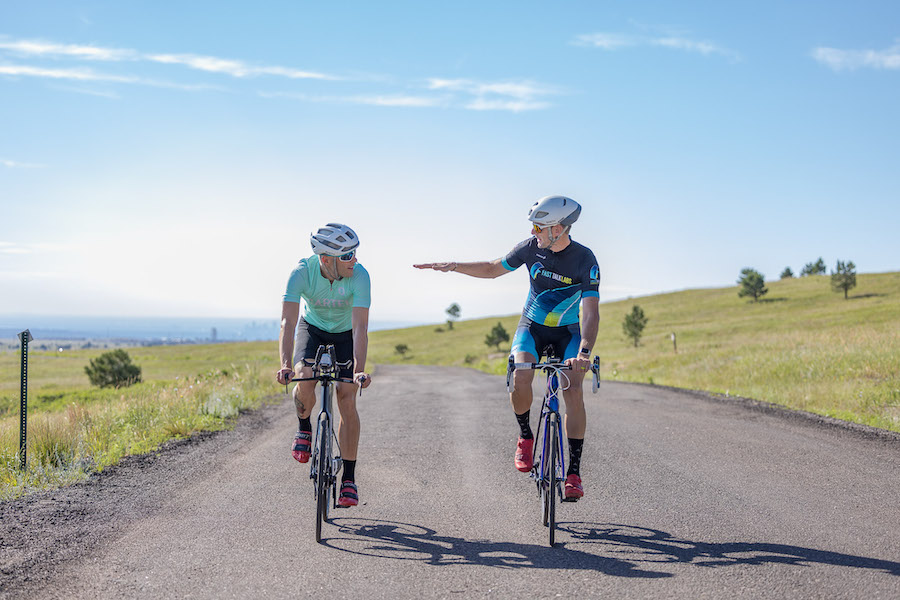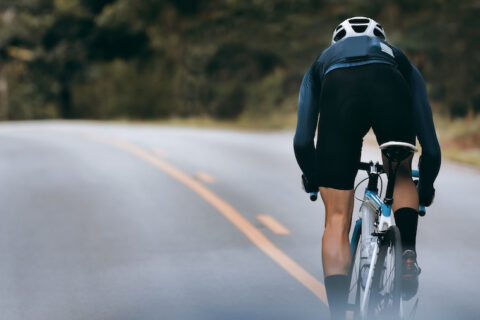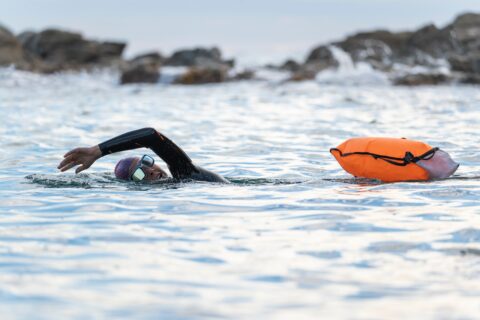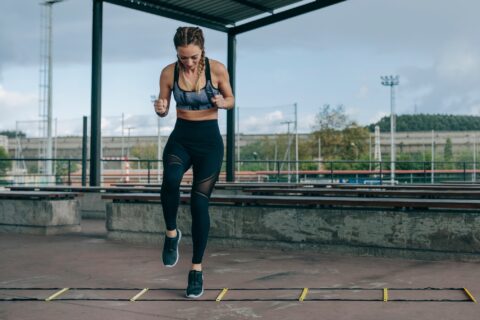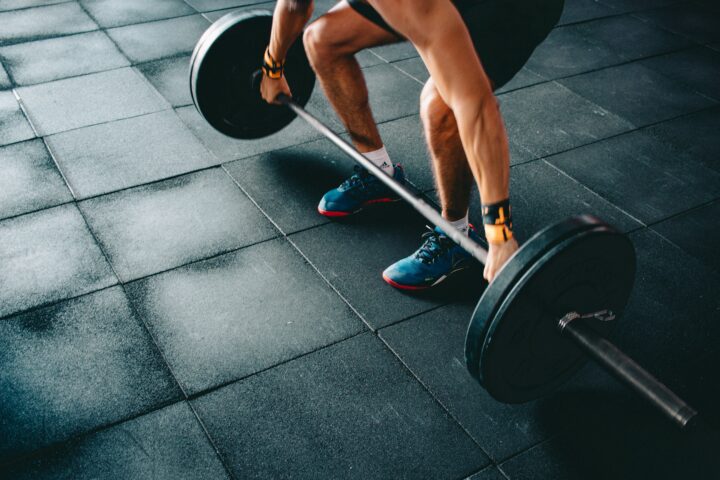You might have heard of polarized training, but do you know how to implement it in your training? We’re here to help you get started.
You might have heard of polarized training, but do you know how to implement it in your training? We’re here to help you get started.
